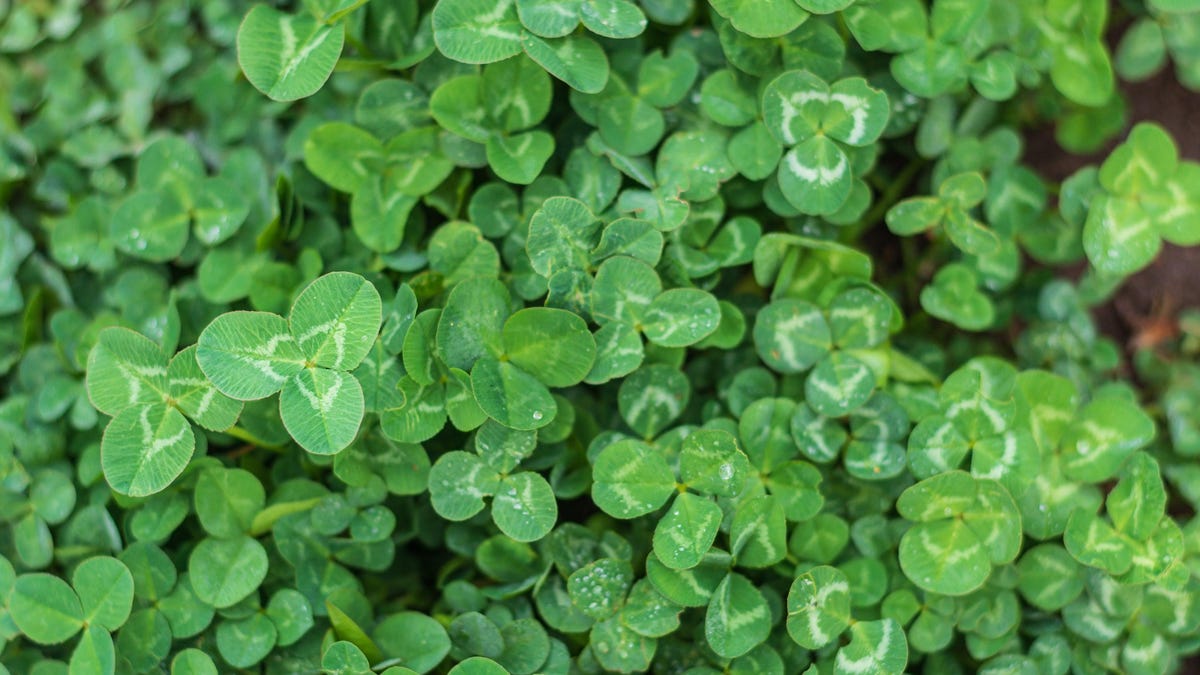Plant These Winter Cover Crops Now for Better Soil in the Spring
It’s difficult to overstate the benefits of a cover crop for your garden. In addition to helping replenish the nitrogen in your soil, cover crops also act as habitat for a healthy garden ecosystem and help prevent soil from...


Photo: Richard Bednarski (Shutterstock)
It’s difficult to overstate the benefits of a cover crop for your garden. In addition to helping replenish the nitrogen in your soil, cover crops also act as habitat for a healthy garden ecosystem and help prevent soil from eroding while it’s not in use growing veggies. Using cover crops, like companion planting, is a less invasive way to promote soil health while still allowing a vegetable garden to thrive. Planting a cover crop will make next year’s veggies that much healthier, and keeping weeds down will make spring planting a breeze.
Cover crops are also useful as what’s known as “green manure”—essentially an in-place composting system that adds nutrients to the soil with very little effort. Once the cover crop dies off, you can allow it to decay in place, or to speed the process up by tilling the greens under before they go to seed.
What do cover crops do to a garden’s soil?
The two main types of cover crops are legume and non-legume. In addition to the familiar garden legumes, peas and beans, there are a vast amount of legume varieties from clover to vetch that can be used as cover crops that will return nitrogen to your soil. Non-legume varieties include rye grass and kale, and work opposite to legumes, using nitrogen from the soil.
If your garden primarily has things like tomatoes, peppers, or greens in it, a legume “nitrogen-fixer” crop will help restore the soil. If you grow primarily beans, peas, or squash, a non-legume, nitrogen-absorbing cover crop will balance things out. Depending on what you want to grow and your climate, these two major types of cover crop will help replenish soil and prevent erosion.
Which cover crops should you plant?
The most versatile cover crops that can be grown in almost any climate zone are legume varieties of sweet clover, alfalfa, and hairy vetch, and non-legume varieties of rye, kale, and ryegrass. These plants aren’t picky about soil type and are hardy in most climates. If you’re looking for the most simple cover crops, these are your best bet. But here’s what to know if you want a crop that is likely to thrive in your particular location:
Cover crops to plant in the south
In the south, legume varieties that will do well are white lupine, purple vetch, common vetch, yellow sweet clover, and field peas, and non-legume varieties of burr clover and crimson clover. These plants will thrive in warmer, drier environments.
G/O Media may get a commission

60% off
Jachs NY Fall Sale 60% Off
Styles starting at $29
Layer up with Jachs NY’s fall sale—60% off fall styles. Shirts start at $29, and with the promo code, you can curate a whole layered look.
Use the promo code FALL60
Cover crops to plant in the north
As you go north, your options become more limited, but there is one variety of non-legume cover crop perfectly adjusted for northern climates in the U.S.: Smooth bromegrass is hardy in winter months and has fibrous roots that will help stabilize the soil.
Regional cover crops
Another factor that can affect how well a cover crop will do is its proximity to the coast. In the Northeast region of the U.S., legume varieties of red clover, white clover, and biennial sweet clover are likely to make it through the winter. In the southeast and gulf coast areas, blue lupine and purple vetch are a good choice. In the midwest, hairy vetch, winter rye, and barley are good soil stabilizing choices. In the southwest, cowpeas, fixation clover, and purple prairie clover will all do well. In the pacific northwest, fava beans, a wide variety of clovers, and buckwheat can all do well as cover crops.
If you’re not sure if your desired cover crop is hardy for your particular area, you can check your seed packet against the USDA hardiness zone map. More information and additional resources can often be found by consulting your local university extension.

 Tekef
Tekef 





























